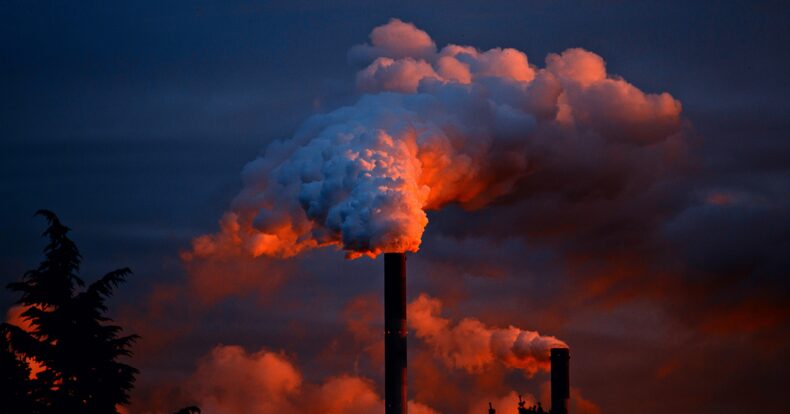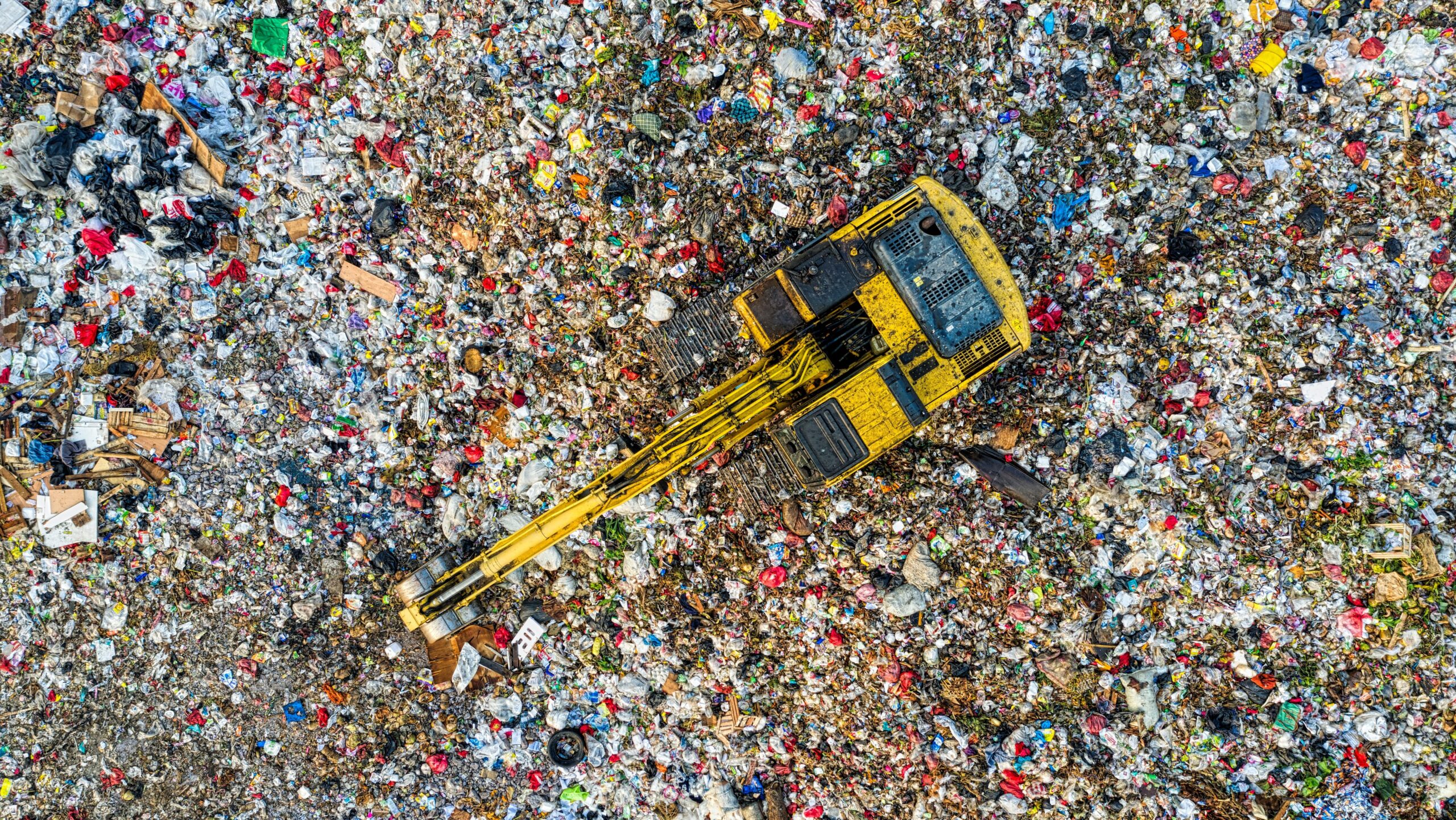Environment and its problems: Costa Rica

Although Costa Rica is a small Central American country, in such a small territory it possesses one of the highest percentages of biodiversity on the planet. With approximately five hundred thousand species, that is, an estimated 4% of the world’s biodiversity (Biodiversidad, 2013), this exuberance of diverse flora and fauna, microclimates and varied landscapes make us a privileged country with great natural resources.
Through the use of these resources, Costa Rica has embarked on the road to progress. In fact, it can be clearly reflected since the beginning of the republic: with the economy based on coffee and bananas; accompanying social development. That is, along with the passing of the decades and the increase of the population.
Overpopulation
However, overpopulation was more visible in the internal areas of the country. Specifically in the GAM, where due to labor opportunity conditions, accompanied with policies of “urban planning developed under the paradigm, still in force at the time, of the theory of “growth poles” or “development poles” “(Programa de Estado Nación, 2014) a disproportionate growth of new people living in the same place was generated.
As a result, more resources had to be used to support that growth. Thus, this development process was not structured or contemplated from the sustainable path, i.e. the methods to meet social, economic and cultural needs did not go hand in hand with the protection of the environment.
These advances have therefore had and continue to have a serious environmental cost. It was in the 1950s that certain social movements began to take shape, trying to exercise environmental awareness.
The urban ecology, we could say, that in the following decades would be taking more strength, not only focusing on generating awareness to take care of what is left of nature, but also emphasizing economic growth. Martínez Alier has called this trend the “gospel of eco-efficiency”, a trend that has focused its attention on the effects of economic growth, not only on pristine nature but also on industrialization itself, agriculture and urbanism” (Revista electrónica de Historia, 2008).
The pollution in the country
The decision of Costa Rica to continue this process of unsustainable “progress” aggravated the environmental situation. Currently, some specific elements can be recognized as the main problems, or those that require more immediate attention. These are soil contamination, aquifer contamination, deforestation, uncontrolled urbanization and air pollution.
As for soil contamination, we can mention important cases such as pineapples. Pineapple is a crop that has been grown in the country for more than 50 years, in different regions, and it is from its beginnings that this production has been involved in contamination problems through agrochemicals.

But what are agrochemicals and which ones have been present in the country’s plantations?
In Costa Rica we can mention a famous case that has been used since the 1960s: the infamous agrochemical nemagon, a powerful poison marketed by Shell and Dow Chemical companies. According to Chacón (2018) its use in the country left the balance of some 25,000 agricultural workers affected with skin diseases, cancer, sterility, abortions or genetic malformations.
The use of these broad-spectrum agrochemicals, such as bromacil, not only affects the national territory, but also exports. This is also the case in South Korea. The fact that this country refuses to receive products related to the use of this herbicide is a cause for concern.
Bromacil is a product used on major export products such as bananas, coffee and pineapple. It is an agrochemical that is highly toxic to a large number of species, especially aquatic species. This product has a great capacity for dissolution in water. At the same time, it shows persistence in the area of application and in contact areas for 2 months.
According to the latest State of the Nation Report, the proportion of farms using fertilizers increased from 12.5% in 1973 to 82.1% in 2014. It also cites data from the State Phytosanitary Service (SFE), according to which 6,706,442 kilograms of active ingredient were imported in 2016 and 5,600,524 kilograms were formulated in the country. Therefore, that Report estimated that 8,897,084 kilograms of pesticides were used.” (Chacon, 2018).
Another big problem
Another big issue to be solved is garbage, where every day 564 tons of plastic are discarded. Which, instead of being used for recycling, are buried in landfills, accumulated in dumps or thrown into the environment. Of that total daily waste, only 87% (3,480 tons) goes to landfills and dumps. 7% (280 tons) remains dumped in the environment, and only 6% (240 tons) is recycled (Artavia, 2018).
The treatment that solid waste receives in Costa Rica is minimal and these are reduced to transferring this waste to landfills where the material is compacted with a top layer of soil and in other cases the waste is left in the open air and almost none of it receives any treatment. As expressed in the virtual newspaper “La Revista” “In Costa Rica, 94 % of solid waste ends up in sanitary landfills, controlled dumps or open dumps.” (Umaña, 2018)
Zelda Walters for Sensorial Sunsets
Navigate articles




